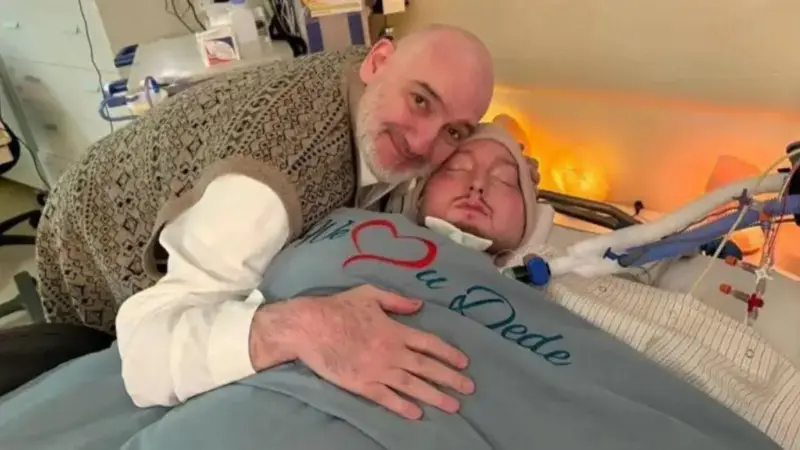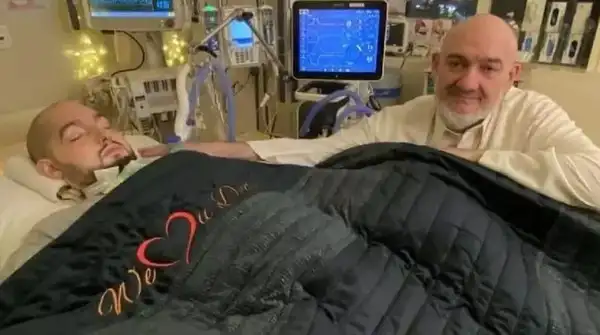Prince Alwaleed bin Khalid bin Talal: Saudi Arabia’s ‘Sleeping Prince’ dies after 19 years in coma

The Sleeping Prince: Prince Al-Waleed bin Khalid dies after 19 years in coma, ending a two-decade vigil marked by hope and unwavering faith.
Prince Al‑Waleed bin Khalid bin Talal Al Saud—widely known as the “Sleeping Prince”—has died at age 36 on July 19, 2025, after spending nearly two decades in a coma. Born in April 1990, he was the eldest son of Prince Khalid bin Talal Al Saud and a great-grandson of King Abdulaziz, the founder of modern Saudi Arabia.
His life took a tragic turn in 2005, at just 15 years old, when he was involved in a severe car accident in London while training at a military academy. The crash caused massive brain trauma and internal bleeding, leaving him in a deep coma from which he never recovered.
Following the accident, Prince Al‑Waleed was transferred to King Abdulaziz Medical City in Riyadh, where he remained on life support under constant medical supervision. His father, Prince Khalid bin Talal, refused repeated offers to withdraw care, guided by deep faith and hope. Over the years, he shared small signs of his son’s reflexive movements—like finger twitches—in messages and videos on social media, keeping public attention on what became known as the enduring story of the “Sleeping Prince”.
On July 19, the prince’s father announced his passing via a solemn post on X, writing:
“With hearts believing in Allah’s will and decree, and with deep sorrow and sadness, we mourn our beloved son … may Allah have mercy on him, who passed away today”.
Funeral prayers were held on July 20 in Riyadh. Men prayed at the Imam Turki bin Abdullah Mosque after Asr, and women prayed at King Faisal Specialist Hospital following Dhuhr, with condolences received through July 22.
Prince Al‑Waleed’s two-decade-long coma touched hearts across the Middle East and beyond. His story became a powerful symbol of enduring hope, the strength of a father’s love, and the complex interplay between science, faith, and family resilience.
READ ALSO
Al-Waleed bin Khaled bin Talal: Did Saudi ‘Sleeping Prince’ wake up from coma?




